Species Photo Gallery for Stobaera pallida No Common Name 18 |
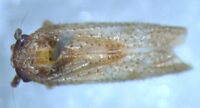 | Photo by: Bo Sullivan
Craven Co.
Comment: power-line cut |  | Photo by: Bo Sullivan
Craven Co.
Comment: power-line cut |
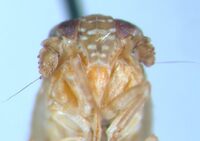 | Photo by: Bo Sullivan
Craven Co.
Comment: power-line cut |  | Photo by: Rob Van Epps
Mecklenburg Co.
Comment: Attracted to UV light. Suburban yard near woods. |
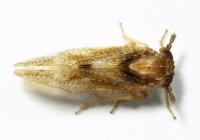 | Photo by: Rob Van Epps
Mecklenburg Co.
Comment: Attracted to UV light. Suburban yard near woods. | 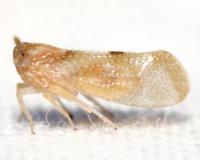 | Photo by: Kyle Kittelberger
Wake Co.
Comment: mixed hardwood forest |
 | Photo by: Kyle Kittelberger
Wake Co.
Comment: mixed hardwood forest | 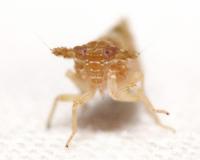 | Photo by: Kyle Kittelberger
Wake Co.
Comment: mixed hardwood forest |
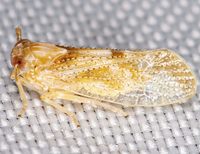 | Photo by: Mark Shields
Onslow Co.
Comment: |  | Photo by: Ken Kneidel
Mecklenburg Co.
Comment: 4.4 mm |
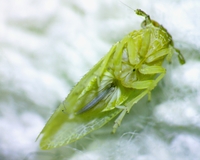 | Photo by: Ken Kneidel
Mecklenburg Co.
Comment: 4.4 mm | 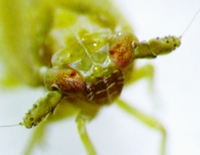 | Photo by: Ken Kneidel
Mecklenburg Co.
Comment: 4.4 mm |
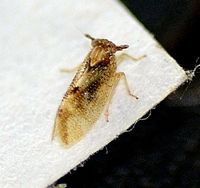 | Photo by: Paul Scharf
Warren Co.
Comment: Attracted To Light | 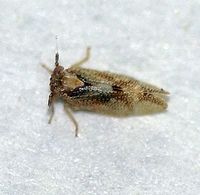 | Photo by: Paul Scharf
Warren Co.
Comment: Attracted To Light |
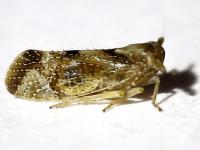 | Photo by: Rob Van Epps
Mecklenburg Co.
Comment: Weedy/grassy open area. Caught sweeping. |  | Photo by: Paul Scharf
Warren Co.
Comment: Attracted To Light |
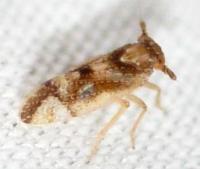 | Photo by: Kyle Kittelberger, Brian Bockhahn, Paul Scharf, Patrick Coin
Halifax Co.
Comment: grassy area and mixed hardwood forest edge near pine forest |  | Photo by: Kyle Kittelberger, Brian Bockhahn, Paul Scharf, Patrick Coin
Halifax Co.
Comment: grassy area and mixed hardwood forest edge near pine forest |
|

 »
»
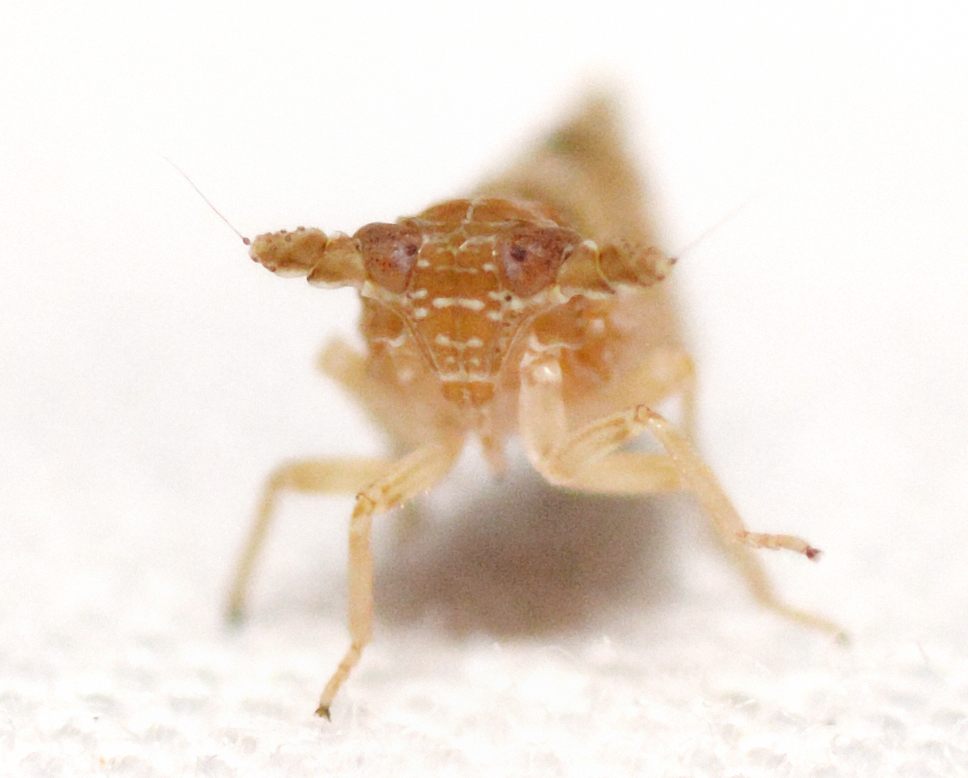
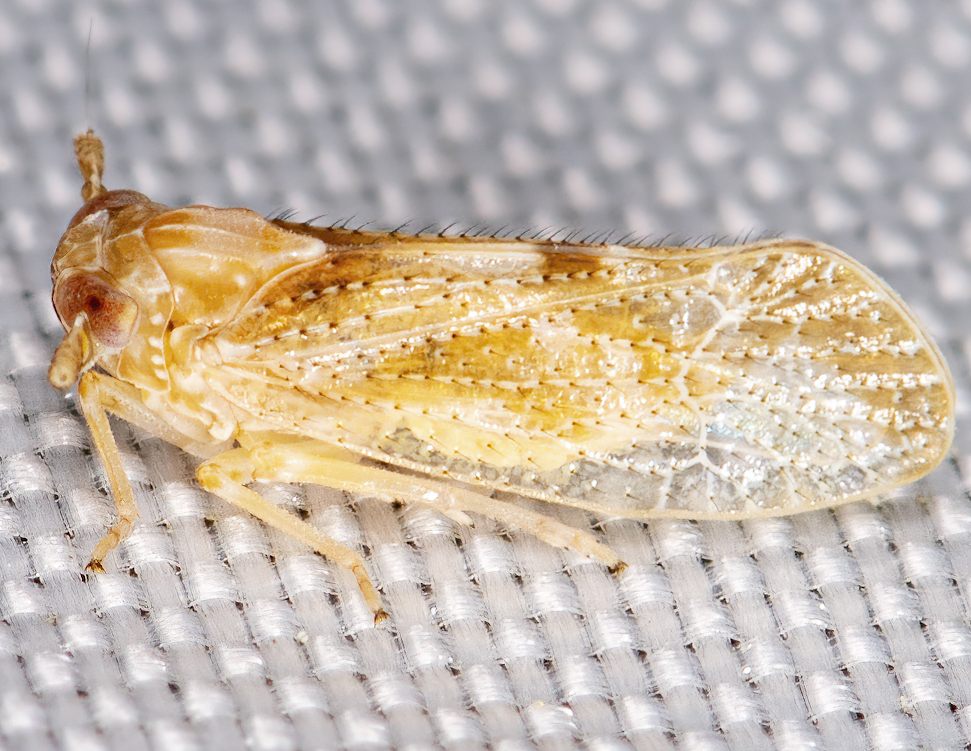

 »
»

